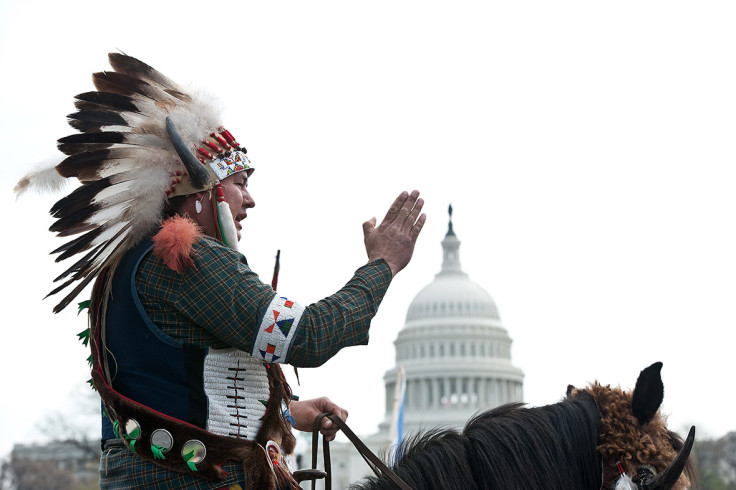Kennewick Man: Genome of 8,500-year-old skeleton shows he is close relative of modern Native American

A team of scientists have pieced together the genome sequence of the 9,000-year-old skeletal remains of the Kennewick Man and have come to the conclusion that he is closely related to the modern Native American.
In 1996, an almost complete skeleton was found on the bank of the Columbia River in Kennewick, Washington, which was almost 9,000 years old. His origins had remained a mystery for the past 19 years as scientists were unable to pinpoint where his roots lie.
Initial studies of his cranial structure proved he was not related to Native Americans or Plateau tribes of the Pacific Northwest, leaving his roots a mystery and the subject of several lawsuits.
However, Eske Willerslev the Centre of GeoGenetics at the University Of Copenhagen, Denmark, and colleagues are now able to confirm that, thanks to advances in technology, he does indeed have ancestry traits most similar to those of the modern Native American.
#Kennewick Man
#NativeStudies pic.twitter.com/e0LkRFwFdf
— Agent 301 (@KAL301) January 5, 2015The report, published in Nature, states that following comparisons with "Native American groups for whom genome-wide data are available for comparison, several seem to be descended from a population closely related to that of Kennewick Man, including the Confederated Tribes of the Colville Reservation (Colville), one of the five tribes claiming Kennewick Man.
"We therefore conclude based on genetic comparisons that Kennewick Man shows continuity with Native North Americans over at least the last eight millennia."
Being unable to pinpoint him to just one tribe could mean he was part of an older tribe that split into several different groups, thus meaning no modern day Native American tribe has a full claim to him.
The genome sequence came from 200mg of a hand bone, Willerslev explained on a conference call.
"The first question we tried to answer was; to what contemporary population was Kennewick Man most closely related? It's very clear that the genome sequence shows that he is most closely related to contemporary Native Americans," he said, saying the specimen was compared to Polynesian and Japanese DNA, thus ruling them out.
"We will never be able to say what population or individual in the Americas that he is most closely related to simply because all Native Americans haven't been sequenced," added Willerslev, stating the Colville tribe was the only one to supply DNA. The only way they could be certain of his roots would be to obtain DNA samples from all the tribes in Native America.
© Copyright IBTimes 2025. All rights reserved.






















